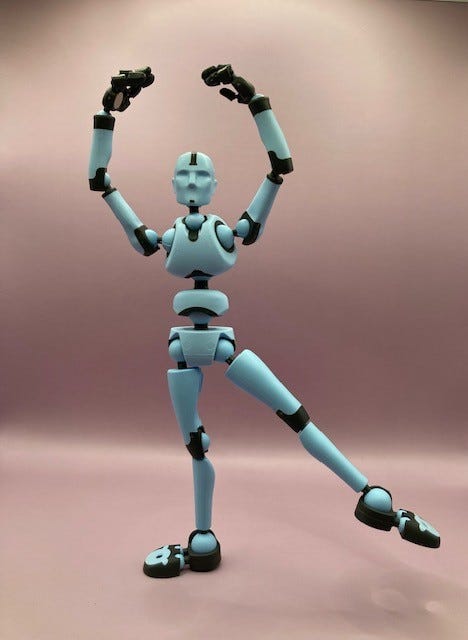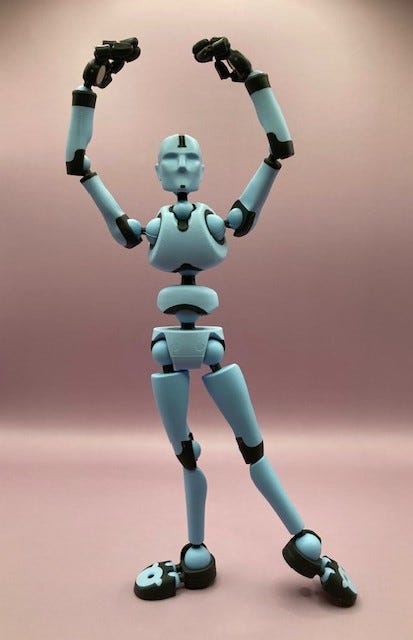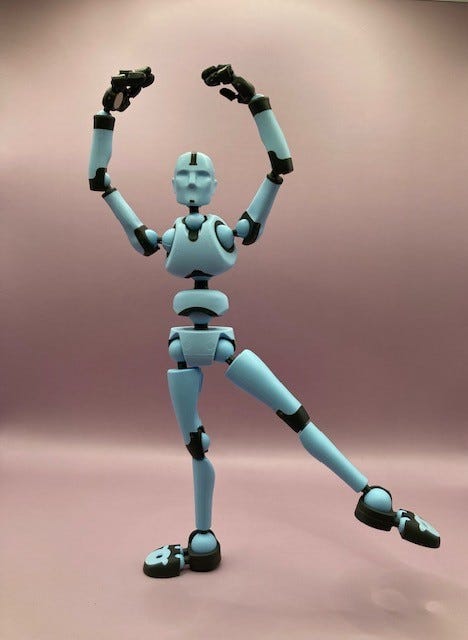French For Dancers Newsletter: Piqué, Part 1
French For Dancers
Demystifying dance terminology and steps for dancers and dance-lovers!
Issue 19: Piqué (Part 1)
Bonjour! Welcome to French For Dancers
Parlez-Vous Ballet?
(Do you speak Ballet?)
PIQUÉ
(pea-kay)
Piqué comes from the verb piquer, meaning to sting or to prick – as in, I pricked my finger with a needle (think Sleeping Beauty touching the spindle). Piqué therefore means pricked.
There are many, many movements with some form of piqué in them, but this week, we will learn one of the most basic ones, a non-traveling or weight-bearing movement of the leg.
This piqué is a quick, sharp movement done with the working leg, where it starts in dégagé (front, side, or back) and takes a quick “tap” down and up in that position. The feeling should be one of a brief movement down to the floor with a quick rebound up, as if one is stepping on something very sharp (or hot/cold). The body’s weight remains over the standing leg.
To do a piqué from tendu, the leg lifts slightly from the tendu position before taking the piqué down and up – usually just a few inches.
These kinds of piqués are used at the barre in tendu or dégagé combinations, and are a great way to incorporate speed, precision, and rhythm into the dancer’s training. In the center, these could be part of a spring-point combination or added as an accent to any extension. It is a light movement, with the accent on the upward part of the step.
Savoir-Faire
(Know-How)
Student Tip:
Piqué should end up at the height it started at – for example, if you’re taking a piqué from a 45-degree dégagé, it should rebound back up to that height. Similarly, if you’re taking it from a 90-degree grand battement, it should return to the same height – staying light, with the upward accent.
A double piqué taps down twice low before rebounding up. It doesn’t come to the starting height between the piqués, but does a quick double-touch before releasing.
Teacher Tip:
As mentioned above, piqués are a great exercise add-on to practice precision and build up a sense of rhythm. The piqué allows for a controlled burst of speed within an exercise, while keeping both legs straight, aligned, and turned out.
Dancers who haven’t mastered their ankle and foot alignment or who are prone to sickling should be extra careful when practicing piqués, so that they don’t roll their little toes or heels towards the ground. This is a good time to work on aiming the big toe towards the ground in the tendu position during the part of the piqué that touches down.
À La Carte
(From the Menu)
Recommendations, reflections, and/or useful links
This is the time of year where I pick music for my recital pieces, and inspiration can come from a variety of sources... in my wandering process, I enjoyed a nostalgic dive back into the “Dance of the Hours” section from the movie Fantasia – ostriches, and hippos, and elephants, oh my!
I hope you enjoy watching the ostrich ballerinas from the first part of that piece! And yes, I decided to use some of the Ponchielli music, originally from the ballet La Gioconda (1876)!
(And, no, I do not own the rights to this video or music, which is used here for educational purposes!)
Merci!
(Thank you!)
Thank you for reading this newsletter! If you have friends who might enjoy this, please share the link with them!
- Peggy






